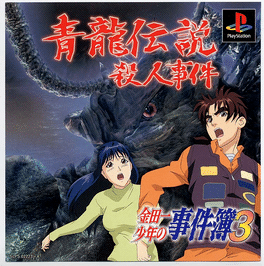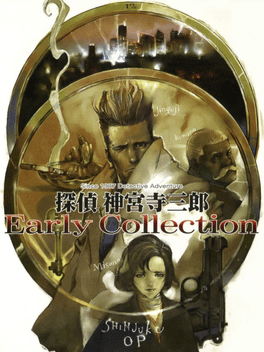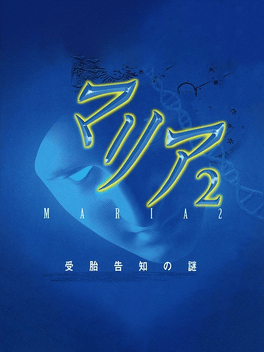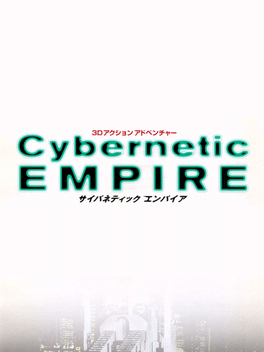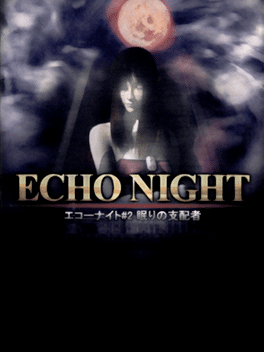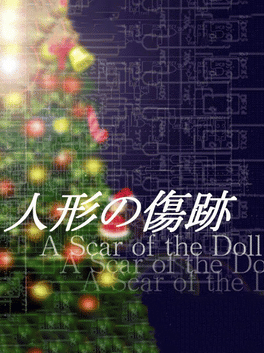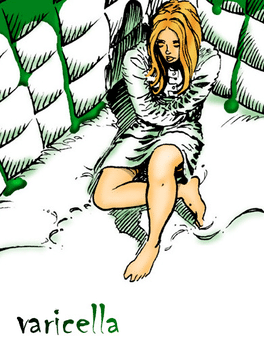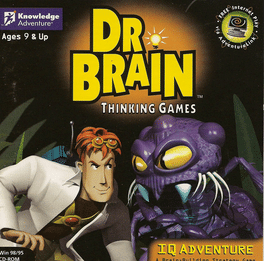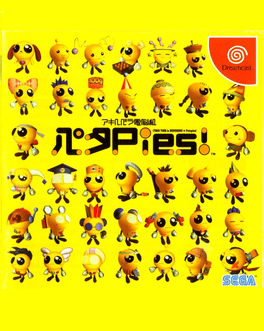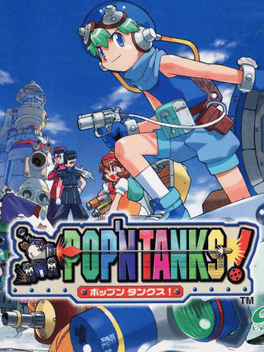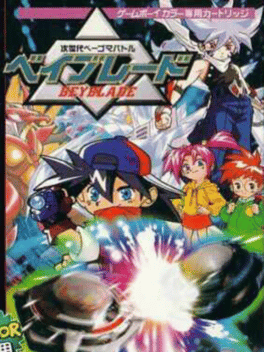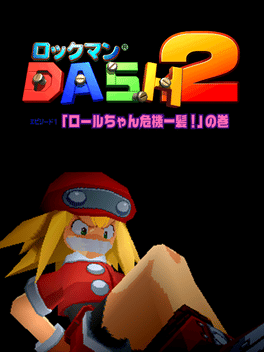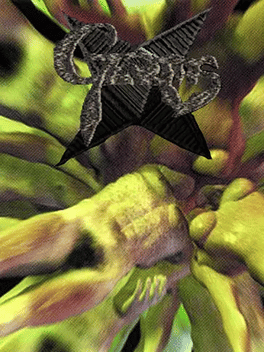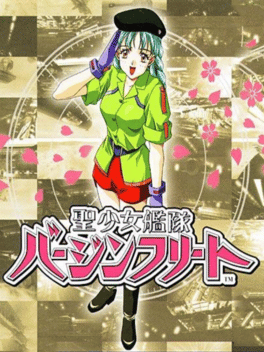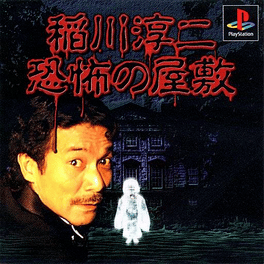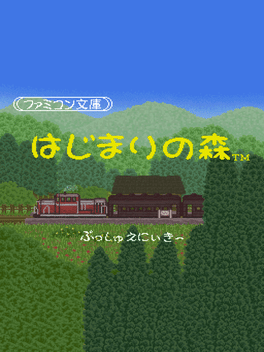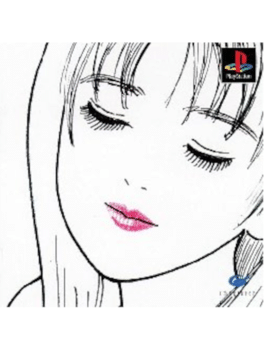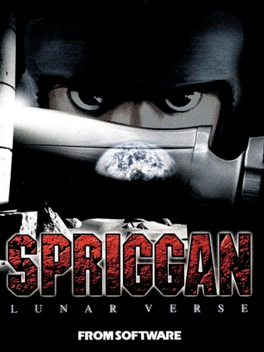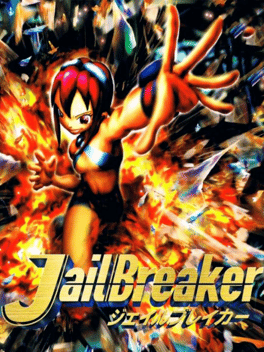New Adventure Games - Page 442
-
Tantei Jinguji Saburo Early Collection
1999
Early Collection is a PlayStation compilation release that includes four early games from Tantei Jinguji series from NES era. In addition to four full games, the game features new opening video and with plenty of other extras accessible via main menu. -
Maria 2: Jutai Kokuchi no Nazo
1999
The sequel to Maria: Kimitachi ga Umareta Wake about a journalist that is investigating the murder of a biologist. -
Cybernetic Empire
1999
-
Echo Night 2: Nemuri no Shihaisha
1999
Echo Night 2: Nemuri no Shihaisha is a first person adventure. Like the first game, Echo Night 2 is played from a first-person perspective, but unlike most other first-person games there is no use of firearms in the game. When confronted by a ghost the player must turn on the lights in the room by means of a light switch. The player is often transported into the past via the passengers or certain objects. Once the player fulfills a task important to a spirit they will vanish and drop an "Astral Piece" which can be used to get a different ending scene. -
Ningyou no Kizuato
1999
Ningyou no Kizuato
1999
It is the end of the year in December. Asumi has lost complete contact with her elder sister who goes to a graduate school in Tokyo. Worried for her sister's safety, Asumi travels alone to Tokyo to find her– but no trace of her could be found. Her sister wasn't in the laboratory where she had been assigned to, nor at her apartment. Asumi is at loss as for what to do… What has happened to her sister…? Asumi is determined to find out. What she doesn't know, however, is that she is in imminent danger… and there are frightening facts awaiting her. -
Varicella
1999
Varicella
1999
You are Primo Varicella, Palace Minister at the Palazzo del Piemonte. This title is unlikely to impress anyone. Piedmont is the laughingstock of the Carolingian League, and the Palace Ministry has devolved into little more than a glorified (and not even especially glorified) butlership. But now that King Charles has died of a sudden illness, you have a prime opportunity to advance your position by becoming the regent of the five-year-old Prince Charles. Your fellow ministers will no doubt try all sorts of unseemly tactics in their quest for the throne. Some will try bribery. Others will employ treachery. A few may even resort to brute force. But would Primo Varicella stoop to using one of these methods? Perish the thought! You're better than that. You shall employ all three. -
Dr. Brain Thinking Games IQ Adventures
1999
In IQ Adventure, you have to find and use objects to restore a trans-dimensional device that has trapped you in a strange dimension. -
Akihabara Dennou-gumi Pata Pies!
1999
Akihabara Dennou-gumi Pata Pies! is a Adventure video game published by Sega, West One released on 1999 for the Sega Dreamcast. -
Pop'n Tanks
1999
Pop'n Tanks
1999
Pop'n Tanks! is a 1999 Japanese video game released for the PlayStation. It was developed by Symbio Systems and published by Enix. The game was directed by Jun Matsumoto, while manga artist Mine Yoshizaki provided character designs. The game is a tank combat game, featuring one on one battles between tanks. The game has never been released outside of Japan. -
Jisedai Begoma Battle Beyblade
1999
Jisedai Begoma Battle Beyblade is a Japanese only RPG entry in the BeyBlade franchise. -
Rockman Dash 2: Episode 1 - Roll-chan Kiki Ippatsu! no Maki
1999
Included with the release of Tron ni Kobun, this game is a technical demo that serves as a prelude to Rockman Dash 2: Episode 2 - Ooinaru Isan (Mega Man Legends 2). These four missions precede the events of Episode 2, which made up the entirety of Mega Man Legends 2 for versions outside of Japan, though they are mentioned in the later game's dialogue. -
Germs: Nerawareta Machi
1999
Germs: Nerawareta Machi is a first-person open world adventure game released exclusively in Japan for the PS1. The only game developed and published by Japanese CG animation company KAJ, Germs stars a reporter who returns to his hometown to investigate a mysterious glowing object, as well as a series of mutations happening to the townspeople that might be connected to it. -
Inagawa Junji: Kyoufu no Yashiki
1999
Inagawa Junji: Kyoufu no Yashiki is an Adventure game, developed by Billiken Soft and published by Visit, which was released in Japan in 1999. -
Disney's Tarzan Activity Center
1999
Disney's Tarzan Activity Center is a collection of mini games based around the Tarzan animated movie. All the games are single player, most of which are played with the mouse. -
Famicom Bunko: Hajimari no Mori
1999
Hajimari no Mori is an Adventure game, developed by Pax Softonica and published by Nintendo, which was released in Japan in 1999. -
Renai Kouza Real Age
1999
Renai Kouza Real Age
1999
Renai Kouza Real Age is an adventure dating game based on design by Hisashi Eguchi. The gameplay is about going around the town to meet the different girls and after that use the phone to date them. In the dates the affinity is going to be better or worse depending of the player choices to the different situations and questions that the girls asked. Sometimes in the dates in the screen the action button appear and if the player pressed it some thing will go in a different way. The game shows the reaction to each player choices with a different sound a small sound for the right choice and a stronger one for a not so good one, and even a big noise for the worse choice... -
Spriggan: Lunar Verse
1999
Many years ago, an ancient civilization known for their advanced technology once ruled Earth, but were destroyed in the end by their misuse. So, they left messages for later generations in the form of indestructible message plates written in ancient Hebrew, informing them that if they could not find a good use for their creations, they should be destroyed. Various paramilitaries, national armies, and armed private forces began to secretly search for these "mysterious artifacts" in order to be used for their own good and against their enemies. The ARCAM Corporation and their military arm, the ARCAM Private Army, can stop these forces from destroying themselves with their elite secret agents known as Spriggans. -
JailBreaker
1999
JailBreaker
1999
Set in a grim totalitarian futuristic society,a rather physically well-endowed red-headed female thief named Shlla is captured by the guards and put in prison. The gameplay mostly consists of exploring the prison and its surroundings, picking up clues, talking to characters to gain information, etc. There are no real puzzles in the game; most of the time it is just necessary to initiate certain conversations to trigger events or pick up specific items for later usage. There are also some action-based segments in the game, including a few combat sequences, situations which require quick movement, and timed events.
